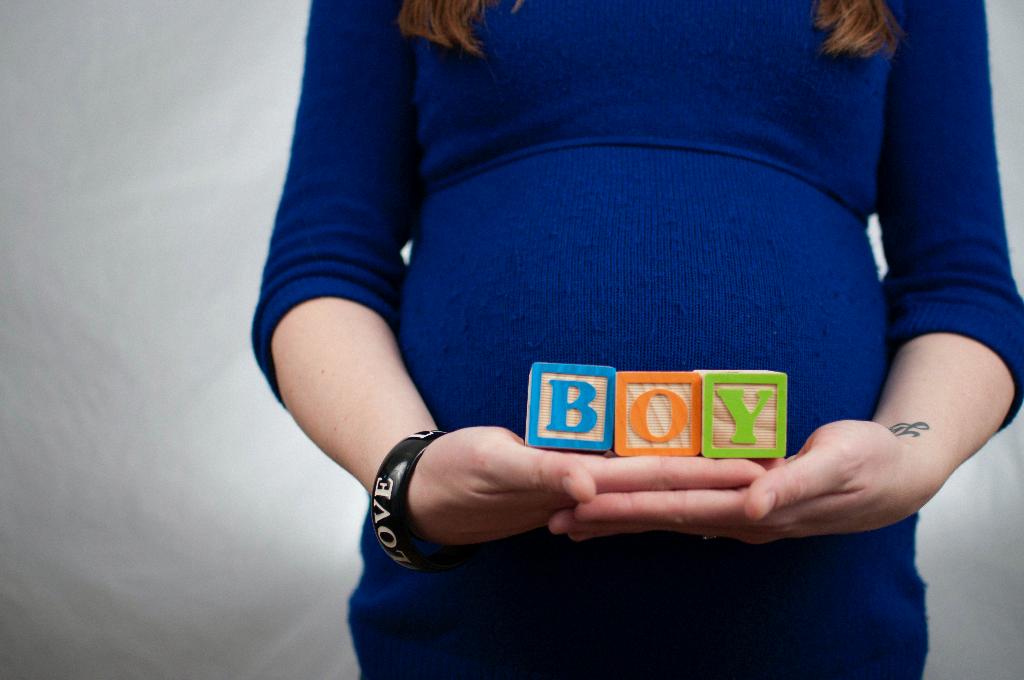When it comes to pregnancy vomiting, one of the key things to remember is that there can be a wide range of appearances that vomit may take on. It can vary from being super liquidy and clear, to being foamy, or even thick and mucousy. Despite the not-so-pleasant nature of these descriptions, it’s important to understand that this falls within the normal spectrum of pregnancy vomiting.
Along with the different consistencies, the color of pregnancy vomit can also vary. It is not uncommon for vomit to have a sunshine-colored hue. This aspect, along with the varied textures, is part of the typical experiences expectant mothers may encounter during pregnancy.
Aside from the physical appearance of pregnancy vomit, individuals may also experience the usual symptoms associated with morning sickness. This can include feelings of queasiness, akin to being motion sick or experiencing general nausea as part of the overall pregnancy experience.
It’s essential to remember that pregnancy vomiting, while often unpleasant, is a common occurrence for many pregnant individuals. Understanding the different forms it can take and the accompanying symptoms can help individuals navigate this aspect of pregnancy with more clarity and awareness.
Although the presence of varying textures and colors in pregnancy vomit can be unsettling, it’s crucial to know that these manifestations are generally considered within the realm of normal during pregnancy. It’s essential not to overly stress about the appearance of vomit, as it is a common aspect of the physiological changes that occur during this time.
Given the hormonal fluctuations and bodily adjustments that accompany pregnancy, it is not unexpected for vomiting to occur in different forms. These manifestations can vary from person to person and even from one pregnancy to another, highlighting the individualized nature of these experiences.
If you find yourself concerned about the appearance of your pregnancy vomit or the frequency of vomiting episodes, it can be helpful to consult with a healthcare provider. They can offer guidance, support, and reassurance regarding what is considered normal and when further evaluation may be warranted.
By being aware of the potential variations in pregnancy vomit and accompanying symptoms, individuals can better prepare themselves for the possibility of experiencing this aspect of pregnancy. It’s part of the journey towards parenthood and a reminder of the incredible transformations taking place within the body.
Remember that each pregnancy is unique, and what may be considered normal for one person may differ for another. Embracing the changes and challenges, including pregnancy vomiting, with patience and understanding can contribute to a more positive pregnancy experience overall.
It’s important to prioritize self-care during pregnancy, especially when dealing with symptoms like vomiting. Ensuring adequate hydration, rest, and seeking support from loved ones can help individuals navigate the ups and downs of pregnancy with greater ease and comfort.
In conclusion, the appearance of pregnancy vomit can vary in terms of texture and color, with a range of normal manifestations that individuals may experience. Understanding that these variations are part of the pregnancy journey and seeking guidance when needed can aid in managing this aspect of pregnancy with greater confidence and peace of mind.

